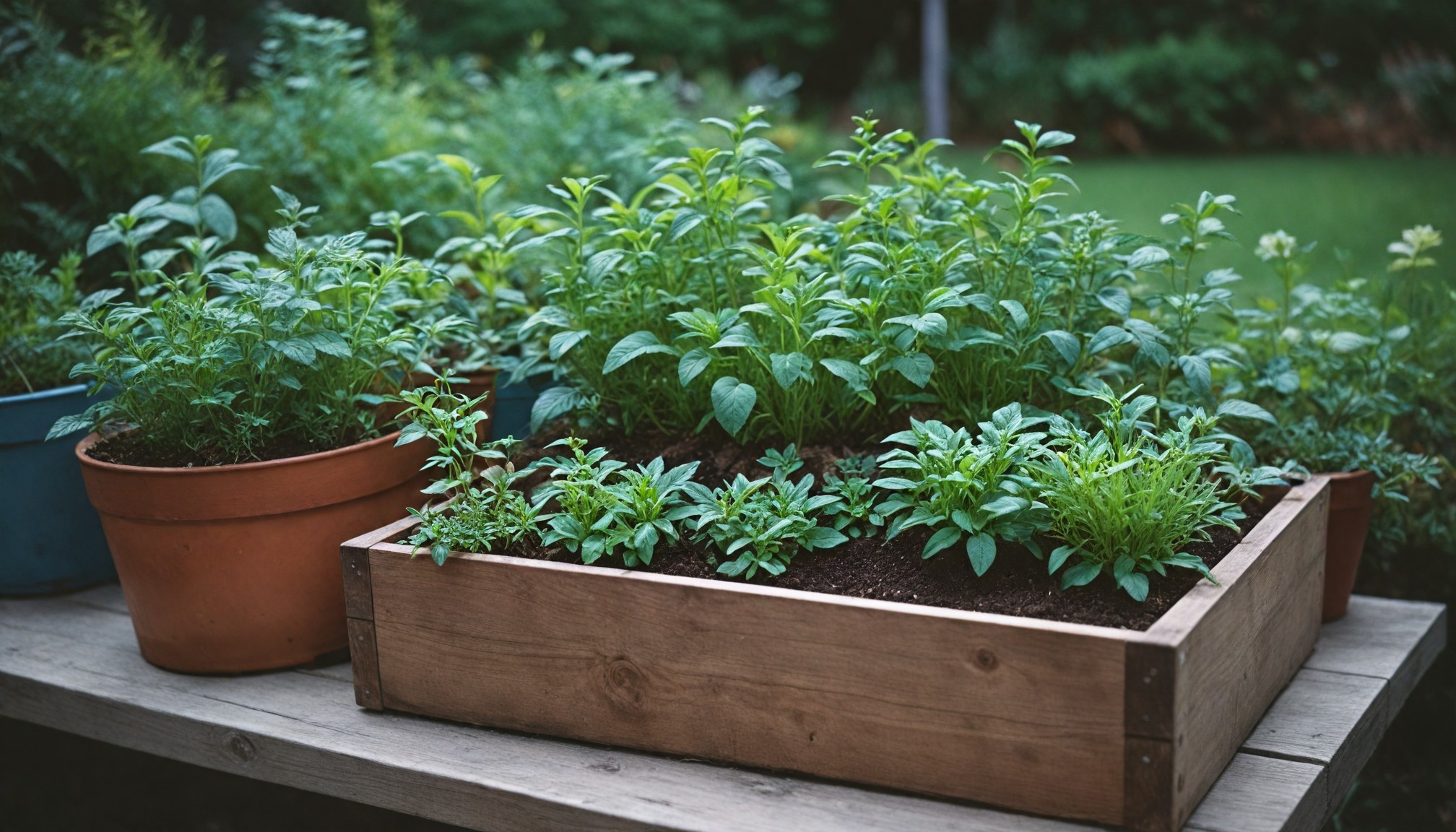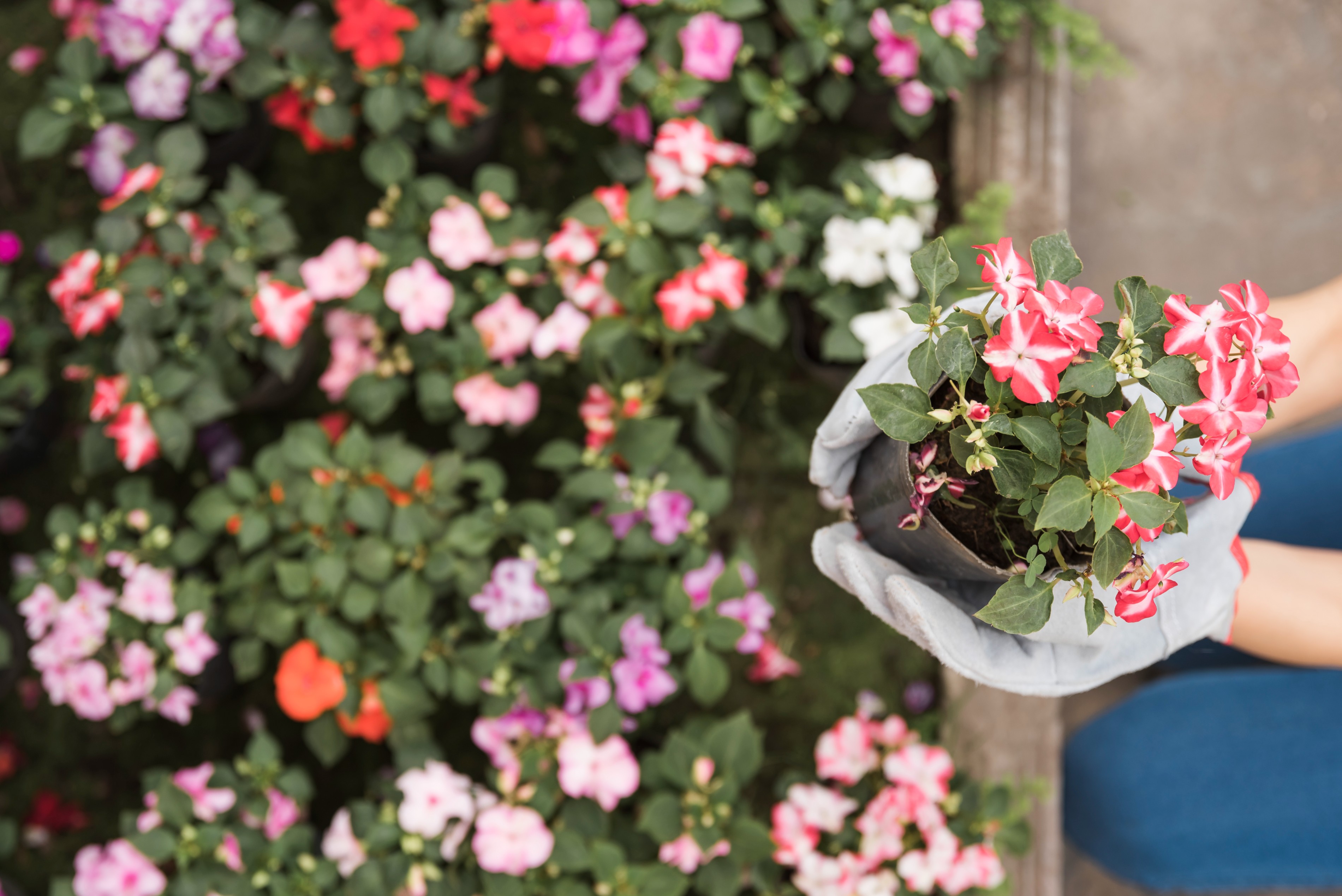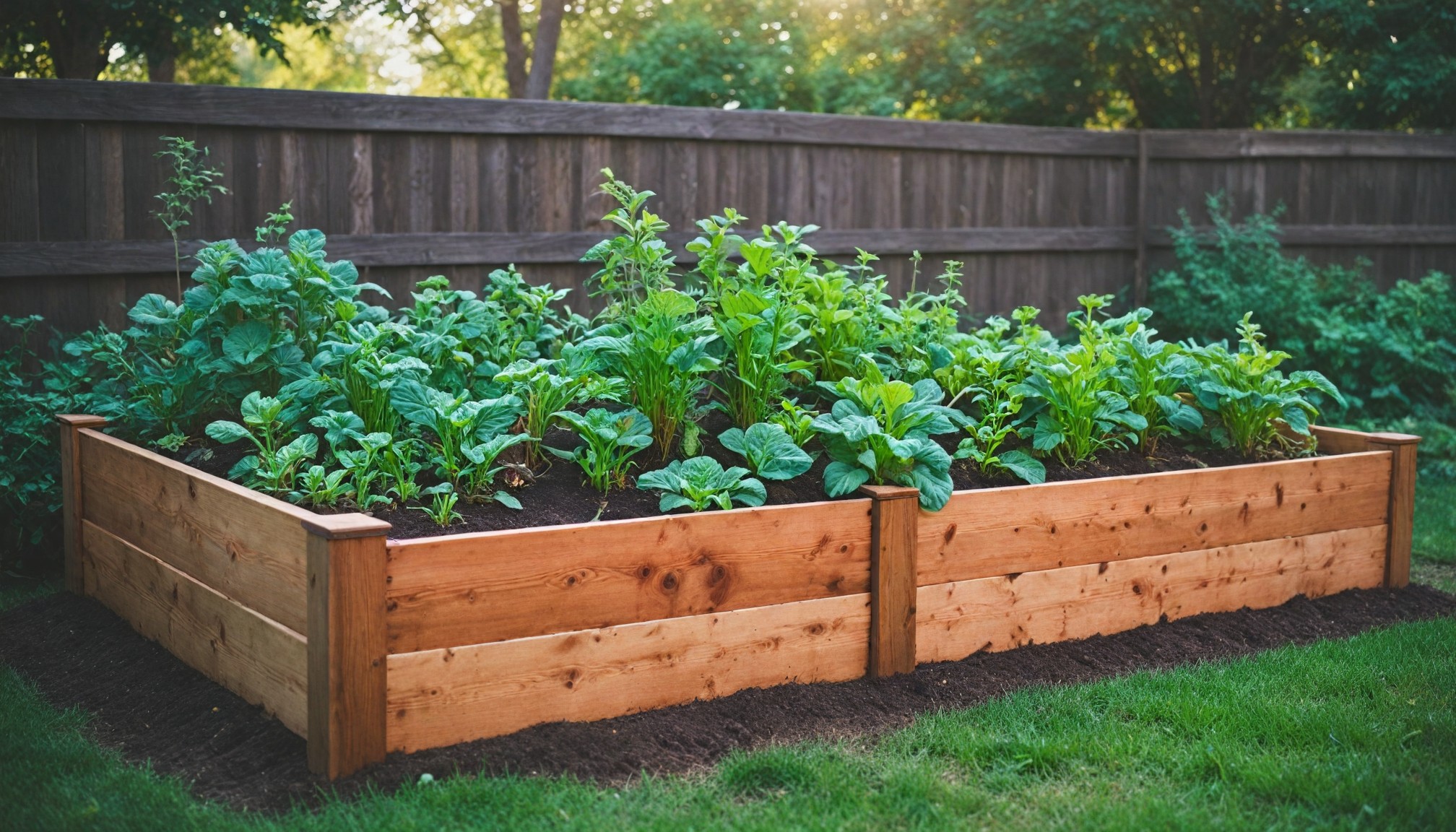
Creating a Sustainable Herb Garden: How to Grow Fresh Herbs with Minimal Environmental Impact
Introduction: Herb gardening is a rewarding way to add fresh flavors to your meals while also embracing a sustainable lifestyle. Growing your own herbs can significantly reduce your environmental footprint and promote healthier eating. This guide explores how to create a sustainable herb garden that minimizes waste, conserves resources, and supports eco-friendly practices.
1. Choosing the Right Herbs: a. Easy-to-Grow Herbs: Select herbs that are well-suited to your local climate and soil conditions. Some easy-to-grow options include basil, mint, rosemary, thyme, and parsley. These herbs are resilient and can thrive in a variety of conditions.
b. Seasonal Considerations: Plant herbs that align with the seasons. For example, basil and cilantro flourish in warmer months, while rosemary and thyme can withstand cooler temperatures. Understanding the seasonal needs of your herbs helps ensure a productive garden year-round.
2. Sustainable Soil Practices: a. Composting: Enrich your garden soil with homemade compost. Composting kitchen scraps and garden waste reduces landfill contributions and creates nutrient-rich soil that supports healthy herb growth. Use a compost bin or tumbler to efficiently manage composting.
b. Organic Soil Amendments: Opt for organic fertilizers and soil amendments to avoid synthetic chemicals. Bone meal, blood meal, and fish emulsion are excellent options for providing essential nutrients. These alternatives enhance soil fertility while supporting eco-friendly practices.
3. Eco-Friendly Watering Techniques: a. Rainwater Harvesting: Collect and use rainwater to irrigate your herb garden. Install rain barrels or catchment systems to gather rainwater from gutters. This reduces reliance on municipal water sources and conserves water.
b. Drip Irrigation: Implement a drip irrigation system to deliver water directly to plant roots. Drip irrigation minimizes water waste and ensures that herbs receive the right amount of moisture. It also reduces evaporation and runoff.
4. Sustainable Planting and Maintenance: a. Mulching: Apply organic mulch, such as straw or wood chips, around your herb plants. Mulching helps retain soil moisture, suppresses weeds, and adds nutrients to the soil as it decomposes. This reduces the need for frequent watering and manual weeding.
b. Companion Planting: Practice companion planting by growing herbs alongside other plants that benefit from each other. For example, planting basil near tomatoes can enhance flavor and repel pests. Companion planting promotes biodiversity and reduces the need for chemical pest control.
5. Reducing Waste and Recycling: a. Reusing Containers: Use recycled or repurposed containers for your herb garden. Old pots, wooden crates, or even plastic bottles can be transformed into planters. This reduces waste and adds a unique touch to your garden.
b. Planting Seeds: Start herbs from seeds instead of purchasing pre-grown plants. Seed planting reduces packaging waste and allows you to control the growing conditions from the start. Save seeds from your harvest for future planting to further minimize waste.
6. Harvesting and Using Your Herbs: a. Proper Harvesting: Harvest herbs regularly to encourage new growth and prevent overgrowth. Use clean, sharp scissors or pruning shears to snip leaves and stems. Harvesting in the morning, after the dew has dried, ensures the best flavor and aroma.
b. Preserving Herbs: Preserve your herb harvest through drying, freezing, or making herbal infusions. Dry herbs by hanging them upside down in a cool, dry place. Freeze herbs in ice cube trays with olive oil or water for convenient use.
Conclusion: Creating a sustainable herb garden is a rewarding way to embrace eco-friendly practices while enjoying fresh, home-grown herbs. By selecting the right plants, implementing sustainable soil and watering techniques, and reducing waste, you can cultivate a thriving herb garden that benefits both the environment and your culinary endeavors. Embrace these practices to make a positive impact on the planet while enhancing your cooking with flavorful, home-grown herbs.
Recent articles from Gardening

Feng Shui: Plants in the Garden
Trees in the Garden
It is best to plant trees with a rounded crown in the garden, as they will harmonize with the other elements of the garden. If you do not live in a mountainous area, ...

Designing a Seasonal Pollinator Garden: Year-Round Strategies for Supporting Local Wildlife
Introduction: A seasonal pollinator garden is designed to offer continuous support to pollinators throughout the year, providing them with essential resources as the seasons cha...

How to Build a Raised Garden Bed for Your Backyard
Introduction: Whether you’re an experienced gardener or just starting, a raised garden bed is an excellent way to grow vegetables, herbs, or flowers with better soil control and...